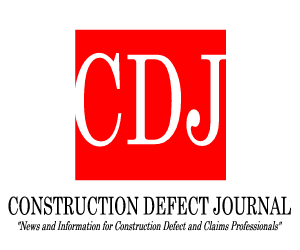
Because high-rise buildings are among the largest buildings built, it is necessary that their commercial and office functions require a high degree of flexibility.
Today, many cities in different countries have high-rise buildings or more popularly known as skyscrapers. The concept of skyscraper was first used to define the more than 137-foot-high buildings constructed in Chicago in 1885. It is generally defined as one that is taller than the maximum height that requires mechanical vertical transportation for people. Usually, these buildings only have limited uses and are primarily focused on functioning as residential apartments, hotels and office buildings, though they occasionally include retail and educational facilities. Because high-rise buildings are among the largest buildings built, it is necessary that their commercial and office functions require a high degree of flexibility.
That’s why it is important for high-rise buildings to have structural systems or structural frames—the assembly of interrelated or interdependent elements that forms a complex structure. These structural systems are built and designed for resisting different loads. To further understand how structural systems work, take the human body as a comparison. If human bones are weak and not properly aligned, the human body as a whole will not be able to perform or work well. Structural systems, in the same way, would not be able to take loads if not built properly. After all, no one wants a toppling skyscraper. To give the readers more information about structural systems in high-rise buildings, this article will discuss some of them.
Reprinted courtesy of Chris Jackson, Construction Executive, a publication of Associated Builders and Contractors. All rights reserved.




